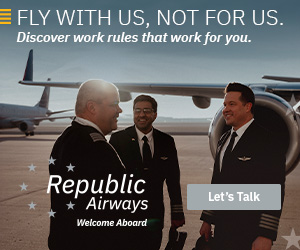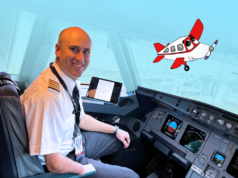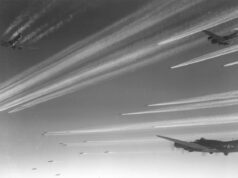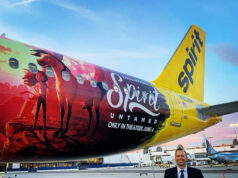
Robert (Bob) Anderson had quite the illustrious career. Despite growing up in the throes of the Great Depression, he turned hardship into opportunity and went on to have several successful aviation careers in both the military and civilian worlds. Bob’s son Bill, a pilot for a major US airline, takes pride in sharing his father’s legacy and it is no surprise that he followed in his father’s footsteps as an airline pilot. Bill provided me with images and stories about Bob’s life in aviation, many of which can be found in this article.
Bob was born in 1922 in Indianapolis and raised in Salt Lake City, Utah. When he was seventeen, he joined the Civilian Conservation Corps (CCC), and worked on various construction projects for the National Park Service. Utilizing knowledge and skills from his time with the CCC, he gained employment with Douglas Aircraft Company, working on wingtip sections, as well as fabrication and other metal-repair work on DC-3 aircraft. In 1942, Bob found himself at a crossroads. An announcement was made over the factory loudspeakers to inform all employees that as of midnight, they would be frozen in their jobs in order to support the continuous production of aircraft needed for World War II. Knowing that he wished to contribute to the military in other ways, he enlisted in the Army that evening. Before being sent out on his first scheduled deployment, he was selected as a cadet for the Army Air Corps. Though too tall for a fighter aircraft, he was assigned to the B-17. The year-long training was, as one would expect, quite difficult and grueling, but nonetheless Bob persevered.

Bob’s active-duty service began in November 1943. He arrived in England after his initial flight training and was selected for additional training to become a Pathfinder. Though technology was advancing at a great rate, certain operations were still dependent upon weather conditions. A low layer of clouds or marginal visibility significantly hampered operations, a hurdle that many were attempting to overcome. A solution came in the form of airborne radar where an operator, known as a Pathfinder, would have the ability to determine locations on the ground despite not being able to acquire them visually. In poor weather conditions, B-17s specially equipped with the new radar systems were able to lead a squadron of aircraft to complete their missions. As his B-17 approached a target site, Bob’s duties would change from Pilot to Pathfinder when he would use the airborne radar to locate the target. Ensuring that the other aircraft in the mission had visual contact with his aircraft, Bob would provide instructions on when to drop the aircraft’s payload. Subsequent aircraft would follow and drop their payloads.
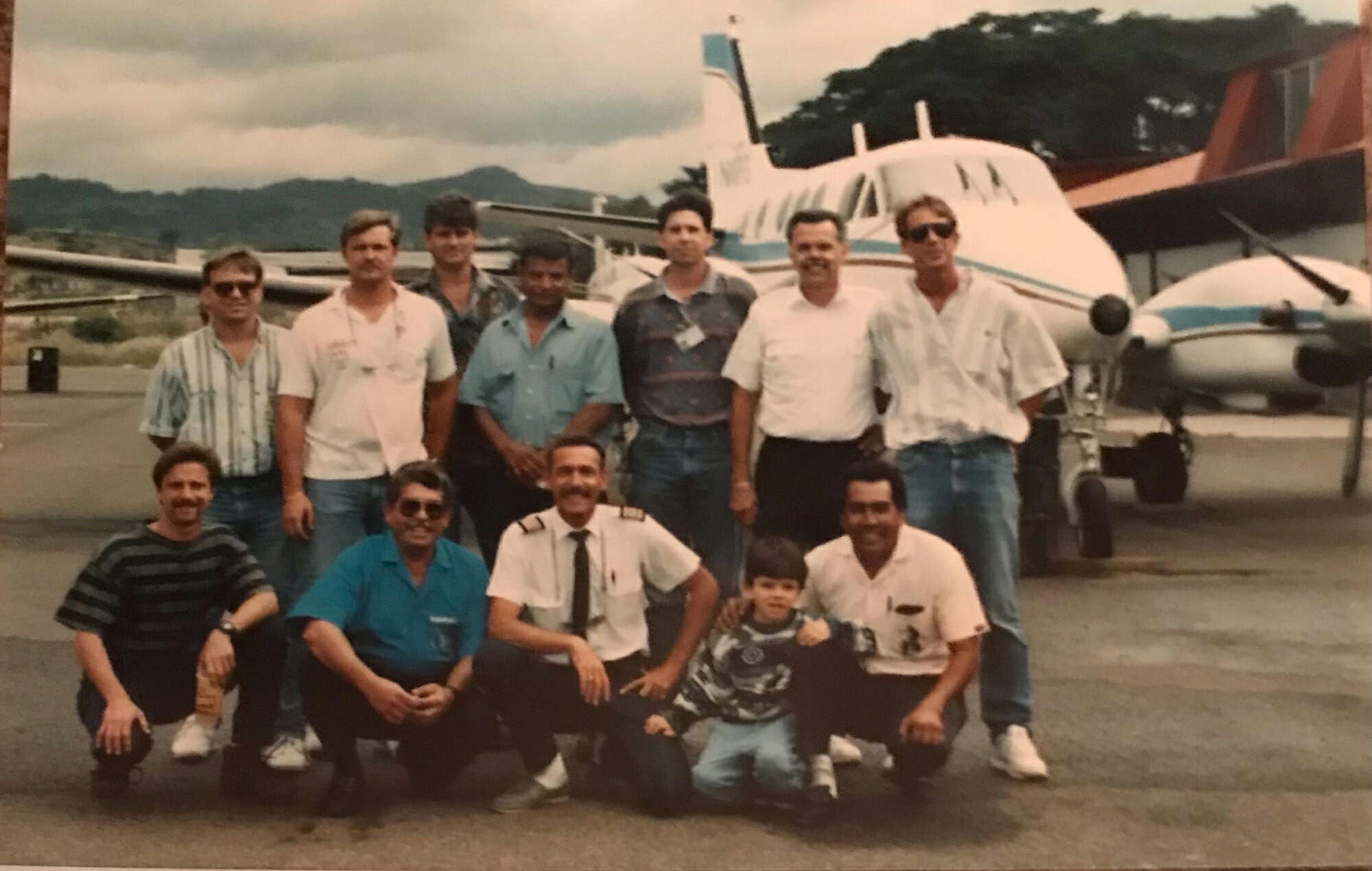
Over the course of his military career, Bob flew with the 384th and 379th squadrons, and completed a total of 35 combat missions over Europe. His mission logbook provides some insight into the breadth of his military experiences, including two missions flown on June 6, 1944 – D-Day. His mission loggings reveal stressful, exciting, and sometimes terrifying events that undoubtedly challenged him and his squadron. On one such mission, he lost two of four engines over Germany and was almost shot down by two German fighter aircraft! He witnessed first-hand the further development of Pathfinder radar technology and its utilization in the military. When he began his Pathfinder assignment, there were only three Pathfinders in all of England, but by the end of his tour, there was one for each squadron. After completing his 35 missions, he volunteered for a position in the Pacific. He received training to become an engineer and was tasked with running a maintenance, repair, and pilot-operations base in the Philippines. In 1946, he transitioned to the USAF Reserves and returned home to be with his wife. Eleven years later, he retired with the rank of Major. His service and dedication had earned him four Air Medals and the Distinguished Flying Cross.

When his military flying career came to a close, aviation remained at the center of Bob’s life. After flying for several airlines including TWA, Mid-Continent, and Braniff Airlines. In 1953, Bob ultimately joined Eastern Airlines where he worked until his retirement in 1982. Outside the flight deck, he served as Simulator Instructor, Check Airman, and Assistant Chief Pilot. As quoted in his obituary, “He had two loves in life, one was his family and one was flying”. His career and personal life exemplify the ideals of service and passion. After his passing in 2010, he was laid to rest with full military honors at Arlington National Cemetery in his Eastern Air Line’s Captain’s uniform.








































